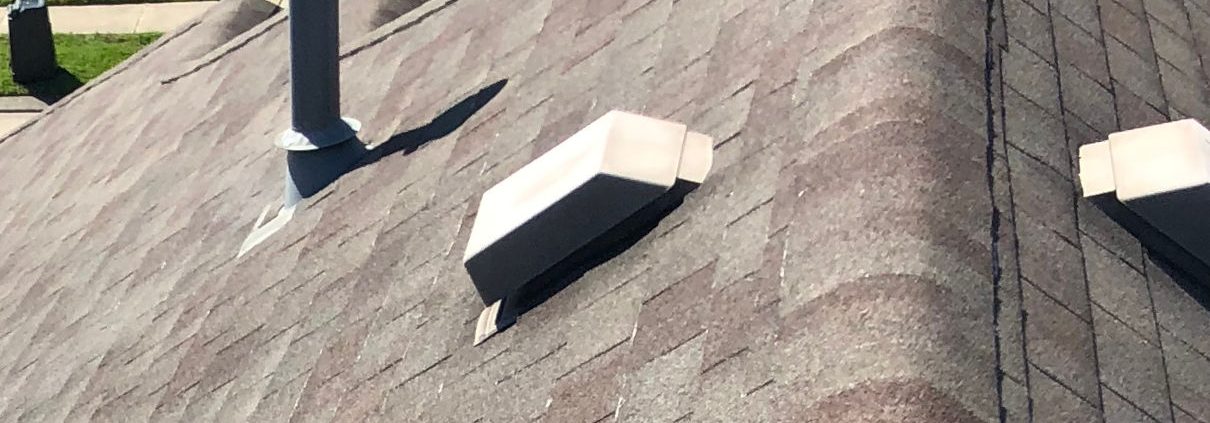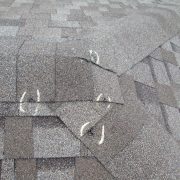Why Proper Roofing Ventilation Matters!
When most homeowners think about their roofs, they focus on the shingles, the flashing, or maybe the gutters. However, at 1st Choice Roofing and Construction, we know there’s an unsung hero in every well-designed roofing system: proper ventilation. Today, we’re diving into why roof ventilation isn’t just an optional extra—it’s an essential component that protects your investment and improves your home’s comfort and efficiency.
The Hidden Guardian of Your Home
Think of roof ventilation as your home’s respiratory system. Just as we need to breathe properly to stay healthy, your house needs consistent airflow to maintain its structural integrity and indoor environment. But unlike our breathing, which we notice throughout the day, roof ventilation works silently behind the scenes—and you only tend to notice when something goes wrong.
What Exactly Does Roof Ventilation Do?
At its core, proper roof ventilation creates a balanced system where air enters at the lower portions of your roof (usually through soffit vents) and exits near the top (through ridge vents, gable vents, or other exhaust methods). This continuous flow offers year-round benefits that many homeowners don’t realize until they experience problems from poor ventilation.
Summer Benefits: Keeping You Cool
During those sweltering summer months, your attic can reach temperatures of 150°F or higher without proper ventilation. This extreme heat doesn’t just stay in the attic—it radiates downward into your living spaces, forcing your air conditioning to work overtime. The result? Higher energy bills and unnecessary strain on your cooling system.
Good ventilation acts like a release valve, allowing that hot air to escape before it can build up. This simple function can reduce attic temperatures by 40-50 degrees, which translates to more comfortable living spaces and potential energy savings of up to 15% on cooling costs.
Winter Advantages: Moisture Control is Key
When winter arrives, ventilation serves an equally crucial but different purpose. During colder months, the warm, moist air from daily activities like cooking, showering, and even breathing naturally rises into your attic. Without proper ventilation, this moisture condenses on the cold surfaces in your attic—particularly on the underside of your roof deck.
This condensation creates the perfect environment for mold growth and can even lead to wood rot in your roof’s structural components. Over time, this moisture can soak into your insulation, reducing its effectiveness and potentially causing ceiling stains or worse.
Protecting Your Investment
Beyond comfort and energy efficiency, proper ventilation significantly extends the lifespan of your roofing materials. Here’s how inadequate ventilation can damage your roof prematurely and cause roof leaks:
- Shingle Buckling: Excessive heat causes shingles to age faster and can lead to warping and buckling.
- Ice Dams: In winter, poor ventilation creates uneven roof temperatures, leading to ice dams that can force water under shingles.
- Nail Rust: Trapped moisture causes fasteners to corrode, loosening their grip on roofing materials.
- Deck Rotting: Persistent moisture leads to wood decay in your roof deck, requiring costly repairs.
At 1st Choice Roofing and Construction, we’ve seen too many perfectly good roofing systems fail years before their time due to ventilation issues. These problems aren’t just inconvenient—they’re expensive to fix and often preventable.
The Right Balance is Critical
It’s worth noting that ventilation isn’t simply about adding more vents—it’s about creating the right balance. Too little ventilation causes the problems we’ve discussed, but too much ventilation in the wrong places can be problematic too. A properly designed ventilation system accounts for your specific roof design, local climate, and home layout.
Signs Your Ventilation Might Need Attention
Not sure if your roof is properly ventilated? Look for these warning signs:
- Excessive energy bills, especially during summer months
- Ice dam formation in winter
- Mold or mildew in your attic
- Rust on attic nails or HVAC components
- Blistering or peeling exterior paint
- Damp insulation
- Excessive heat in upper-level rooms during summer
The Professional Advantage
While some home maintenance tasks are DIY-friendly, assessing and implementing proper roof ventilation requires professional expertise. The 1st Choice Roofing and Construction team evaluates your entire roofing system, including current ventilation, insulation levels, and home design, to create a balanced approach that works year-round.
Proper ventilation isn’t just about adding a few vents—it’s about creating a systematic approach to airflow that protects your entire home. When we install or upgrade a roof, ventilation is always a key consideration, not an afterthought.
Don’t wait until problems arise to think about your roof’s ventilation. Whether you’re planning a new roof installation or wondering if your current system is functioning properly, our experts at 1st Choice Roofing and Construction are here to help. Your roof protects everything beneath it—make sure it has the ventilation it needs to do its job effectively for years to come.












